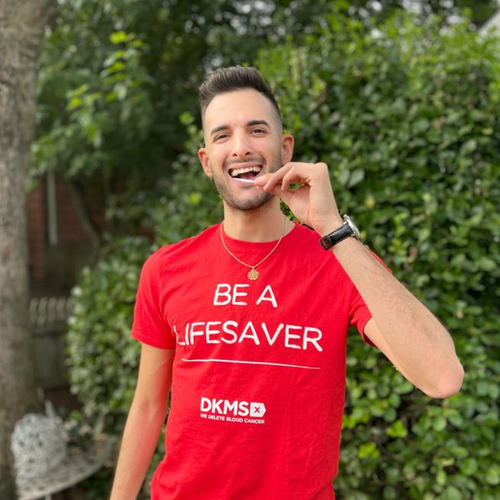Blood stem cell and bone marrow transplant
For many patients, a blood stem cell or bone marrow transplant is their last chance to beat blood cancer. These patients need a matching donor whose tissue characteristics (HLA characteristics) should match those of the patient 100 percent, if possible. To prepare for the transplant, the patient undergoes chemotherapy to suppress their own immune system, which helps to ensure the body does not reject the donation. After the transplant, the immune system gradually rebuilds itself.
Whether or not a patient can undergo a blood stem cell transplant and what method would be used, depends on numerous factors including their particular diagnosis, age, and state of health.
There are three different types of transplant: autologous, allogeneic, and syngeneic.
An autologous blood stem cell transplant uses the patient’s own stem cells, which are harvested from the blood and cleared of cancer cells. The patient is given chemotherapy, and their stem cells are returned to the body.
An allogeneic stem cell transplant uses the blood stem cells of a related or unrelated donor with the closest possible match of tissue characteristics.
A syngeneic transplant is the rarest form of stem cell transplant, as it involves using the cells of identical twins.






